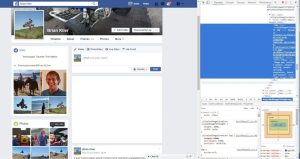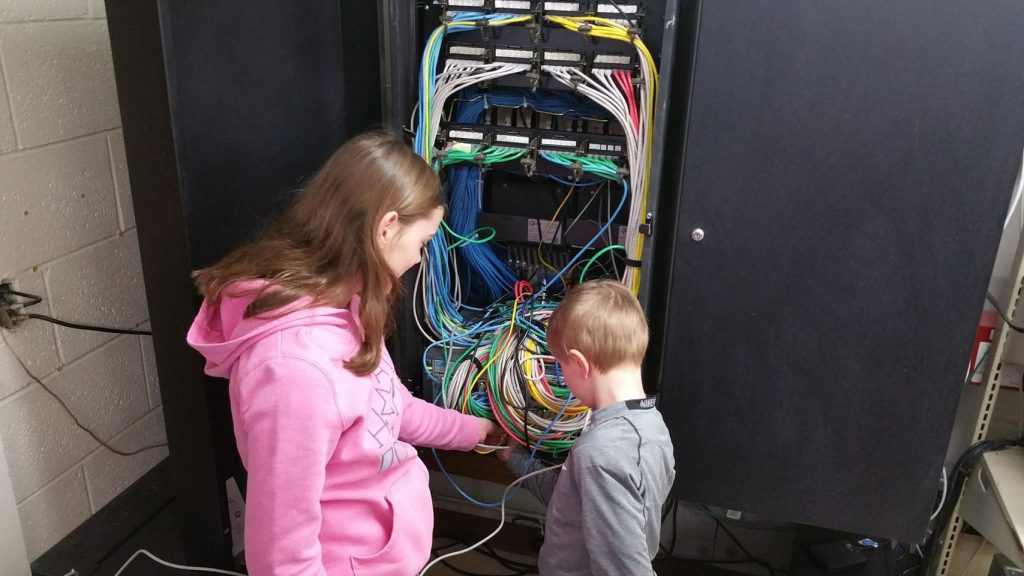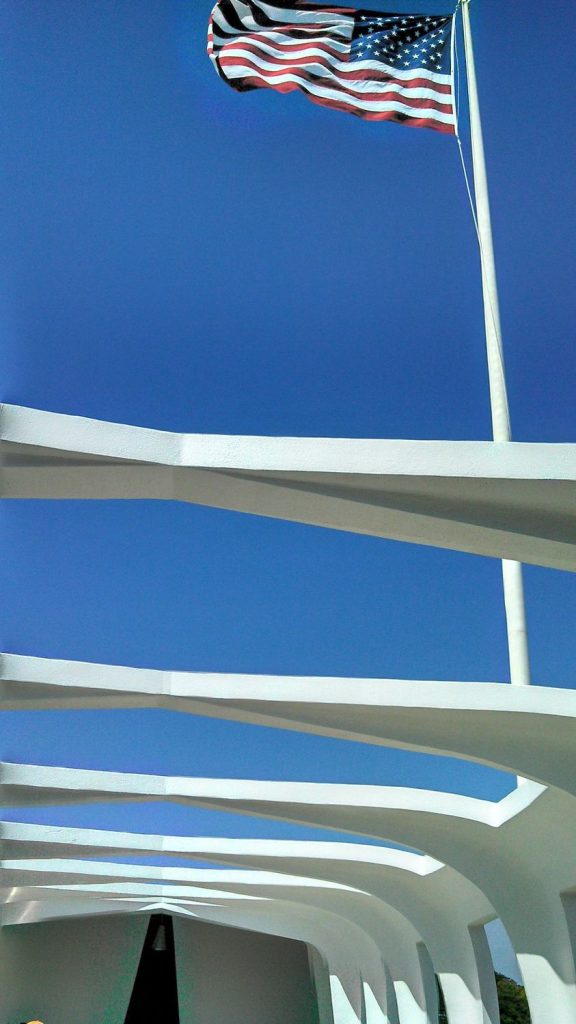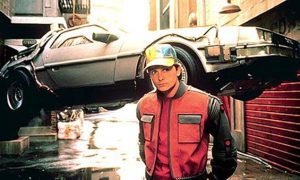Facebook’s Artificial Intelligence and ALT Tags
Prairie Island Nuclear Power Plant (Red Wing, MN) Control Room Simulator
On the open house, we stopped at the control room simulator and watched a simulated power outage with diesel generators coming online, and a simulated manual reactor trip.
The last T1 has been disconnected!
Once the configuration was done, the only thing left to do was plug in the fiber! As you can see, a few Nerstrand Elementary School students happily helped out with this process. With a simple, positive “click” of the fiber-optic patch cable into the transceiver, Nerstrand completed their upgrade from the two trunked T-1 lines offering about 3Mbps of bandwidth, to the 10000Mbps of bandwidth now at their disposal. The speed is exciting, but even more exciting is the capacity this line will give the School for bringing in more devices and perhaps even having a one device per student option down the road. Thanks Amelia and Stefan!
My Humble “Thanks”
Homemade Solar Tracker
Another Session at Pine Island MX with my YFZ450
Take several laps around Pine Island MX in glorious 1440p at 48 frames a second.
Pine Island MX Drone Video Compilation, YFZ450s and Dirt Bikes
Here’s a short edit of some video my dad took with his Yuneec drone, and some of my GoPro helmet cam footage. All video shot near Pine Island, Minnesota. Rendered to 1080p24.
Feelin’ Fast at Pine Island MX with my YFZ450
I got a few more jumps and felt like I was able to keep the momentum going around nearly the whole track.
Stealing 3D Models by Audio Recording a 3D Printer
A bright professor at the University of California-Irvine discovered it’s possible to steal the design of a 3D model by simply doing an audio recording of the 3D printer printing it. Apparently, they have demonstrated a 90% accuracy of model reconstruction using this technique. Simply having an employee working at a manufacturing facility with a cell phone on them could invite the possibility of industrial espionage if they were to give such a recording to a competitor. Fascinating proof of concept!
Snorkeling for Colorful Fish off of Poipu Beach, Kauai, Hawaii
Snorkeling for Colorful Fish off of Poipu Beach, Kauai, Hawaii
Hawaiian Munk Seals basking on Poipu Beach
Hawaiian Munk Seals basking on Poipu Beach, Kauai, Hawaii
A drive in a rented Chevy Camaro near Poipu, Kauai
Beautiful Kauai, Hawaii backroads drive near Poipu/Koloa
1992 SouthLAN/MNWADA Joint Packet Radio Node Install at Faribault
During much of 1991, the SouthLAN and MNWADA Packet Radio Clubs in Southern Minnesota planned and designed 3 high-speed packet radio nodes to be installed at Apple Valley, Faribault, and Dodge Center. The Faribault site, MNFBL:N0QVC-1, would have a 1200 baud user frequency on 145.01 MHz, a 9600 baud backbone towards Dodge Center on 430.95 MHz, and a 19.2 kilobaud backbone towards N0DAI-1 in Apple Valley on 430.55 MHz.
This was one of the first high-speed amateur wireless data communications services in the upper midwest, and passed hundreds of messages between the Twin Cities Metro area and Rochester, MN throughout the 90s and early 2000s. All locations used WA8BXN’s MSYS bulletin board system and G8BPQ nodes, with a combination of Kantronics Data Engines and D4-10 radios. The N0QVC-1 Johnson RSDL VHF radio is still used as an APRS node on 144.39 in the Faribault area at this location as of 2016.
The video is a glimpse of the antenna and TNC install at the Faribault location on May 23, 1992.
A Good Knight to Use the 3D Printer
A spiral-inspired knight, today’s 3D printing project with my #M3D. Turned out great!








































































